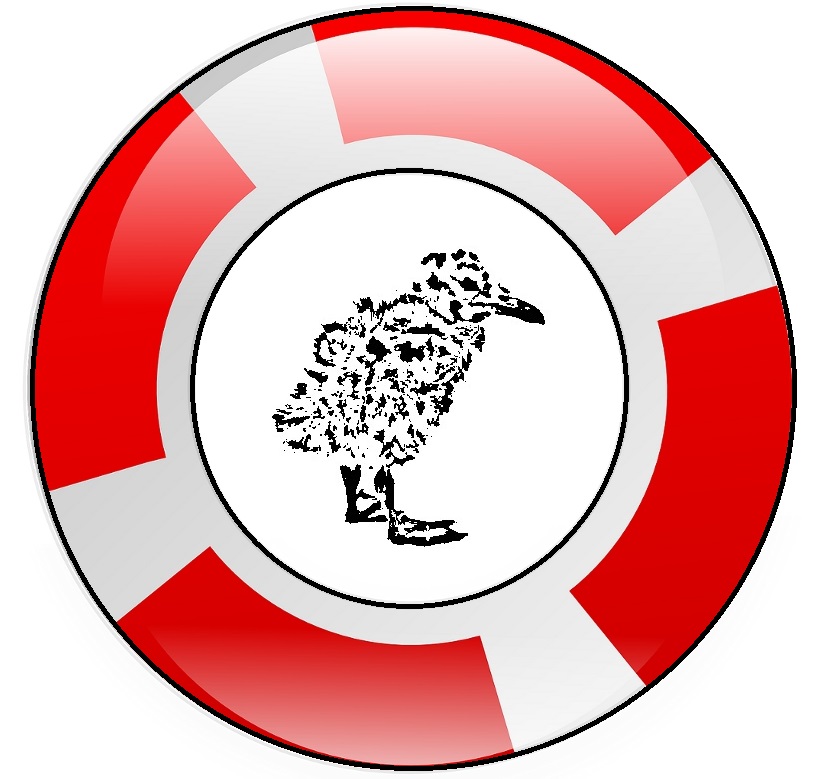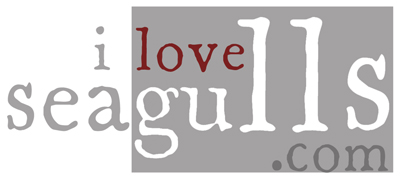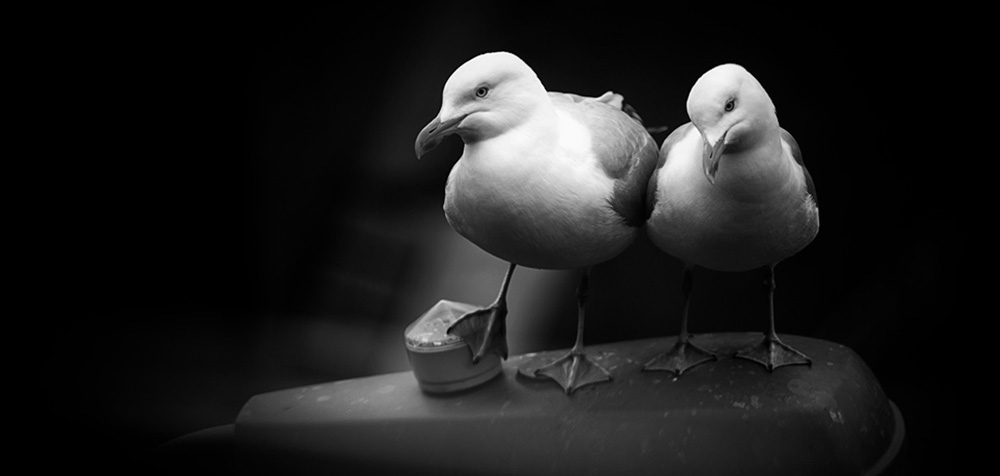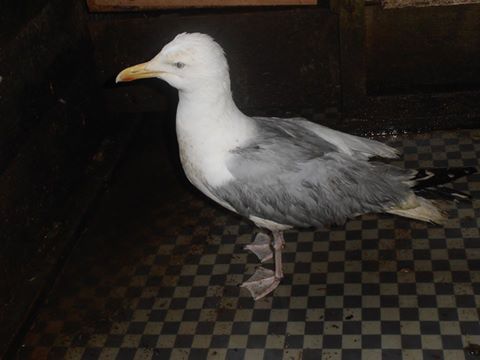
Our correspondent from Bexhill and Hastings gives us some advice as to what we should do if we find a hurt or abandoned Gull chick. – Words by, Lady Helen Doherty
Bexhill and Hastings Wildlife Rescue are on a mission to make sure Britain knows what to do if they find a baby seagull in a town dwelling and want to get this information to as many people as they can…
What to do if you Find a Seagull Baby: The Right Advice
There are some wildlife organisations and vets who give the wrong advice if you happen to come across a seagull baby or some other type of chick that is not in their nest. They will advise you to leave it where it is, even if it is in the middle of a road, or to put it back in the nest.
No, no, no!
This advice results in countless battered, bruised and broken bodies. If you leave a chick where it is, the mummy bird is not going to feed it as it will be wary of coming down to the ground alone to save the chick, therefore the little chick is defenseless and exposed to the elements, foxes and the odd unscrupulous human who might purposefully hurt it.
In its natural habitat, it is best to leave it be as gulls live in colonies, but not in a town dwelling, where we have already encroached on their territory.
Some might argue that it is nature, if a fox or cat kills a baby seagull – in a colony maybe, but not when a seagull nests on town roofs and foxes are on the prowl looking for fallen baby seagulls that are terrified and helpless.
If a chick is out of the nest, there is a reason for this and if you try and put it back, then it is likely to be evicted again. So what is the right advice?
Save it!
If you can, put it back on a high roof or shed.
But…If you leave a seagull baby where it is, you must be aware that it is exposed to the elements, a seagull chick does not have waterproof feathers.
If you leave a chick, it might become fodder to a fox or a plaything for a cat, or even worse a target for seagull hater.
Next keep the baby seagull warm (this advice applies to any baby animal you might come
across), whether it be in an item of your clothing, a glove, using your body heat, keep it warm, as you just might save its life.
Then, call a reputable rescue who will check over the chick, look after it and has a no kill policy. A rescue like Bexhill and Hastings Wildlife Rescue who will make sure every animal that comes their way is treated with love and care, as they believe every life has value.
Make sure you know the right advice so that if you find a seagull chick (or any other type of chick) you know what to do. Make sure you research the rescues and vets in your area, so you know who to call, or go to if you find a vulnerable chick.
Please don’t let seagull chicks be at the risk of wildlife organisations and vets who dish out
the wrong kind of advice.
This information is brought to you by Bexhill and Hastings Wildlife Rescue.
Please support their good advice by supporting and sharing their fundraising campaign to
relocate the rescue to a forever home, as the current property has to be sold and they are facing imminent closure.
.jpg) Text taken from the Guardian and photograph by Saurabh Narang.
Text taken from the Guardian and photograph by Saurabh Narang. 


